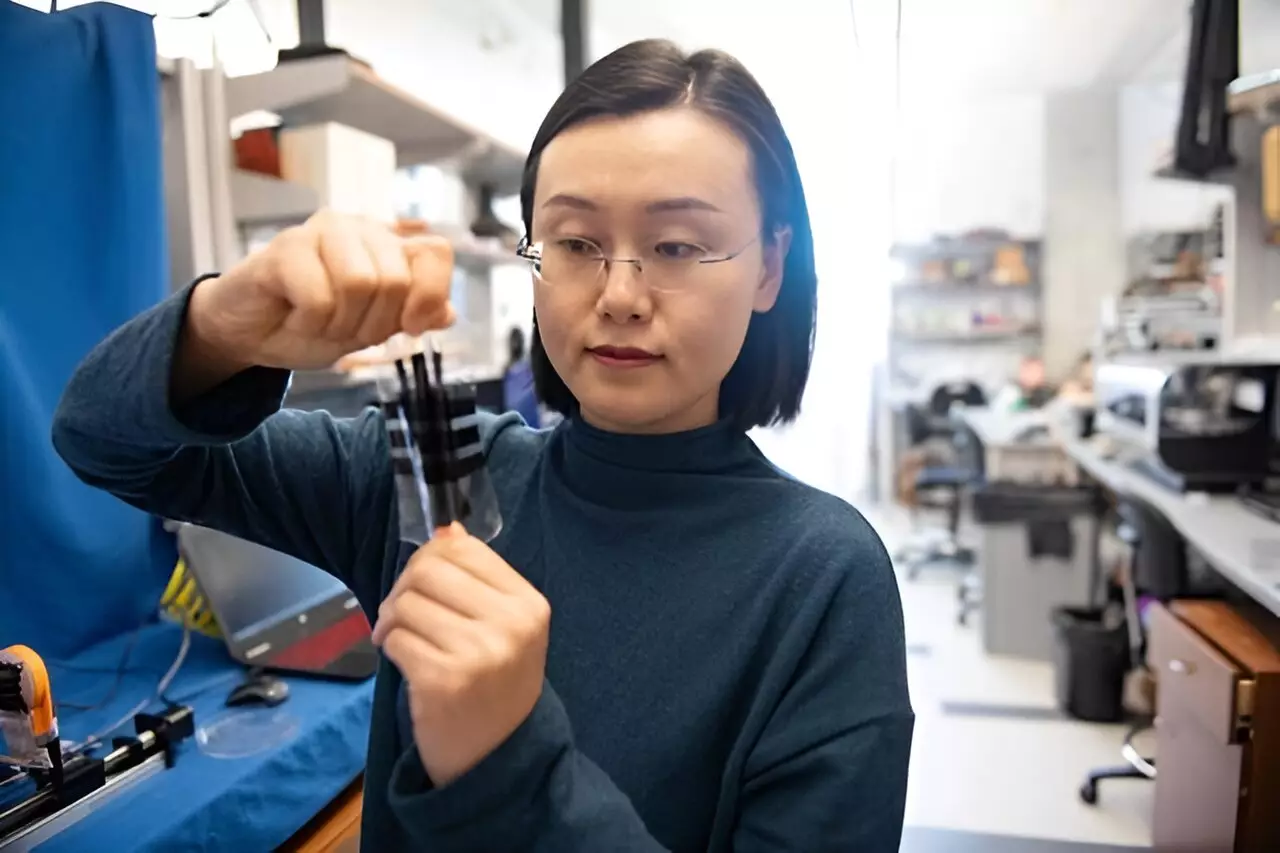The development of a first-ever stretchy electronic skin has the potential to revolutionize the field of robotics. This innovative technology, created by researchers at The University of Texas at Austin, mimics the softness and touch sensitivity of human skin. Unlike existing e-skin technology, which loses sensing accuracy as it stretches, this new stretchable e-skin maintains its pressure response regardless of how much it is stretched. This breakthrough opens up new possibilities for robots and other devices to perform tasks that require precision and control of force.
Potential Applications
One of the most exciting applications of this stretchable e-skin is in the creation of robot hands with the same level of softness and sensitivity as human hands. This advancement could have significant implications for medical care, where robots could be used to check a patient’s pulse, provide massages, or assist with other caregiving tasks. With the global population aging and the demand for caregivers outpacing supply, the development of human-caring robots could help alleviate this impending crisis.
In addition to medical care, stretchy electronic skin could be invaluable in disaster response scenarios. Robots equipped with this technology could be deployed to search for and assist injured or trapped individuals in emergencies such as earthquakes or building collapses. The pressure sensing capabilities of the e-skin enable robots to apply just the right amount of force when interacting with objects or individuals, reducing the risk of causing harm in sensitive situations.
The key to the success of this stretchable e-skin lies in its innovative hybrid response pressure sensor. Unlike conventional e-skins, which rely on either capacitive or resistive sensors, this new technology combines both responses to pressure. By perfecting these sensors and integrating them with stretchable insulating and electrode materials, the researchers have achieved a significant advancement in e-skin technology.
Researchers at The University of Texas at Austin, led by Nanshu Lu, are actively working towards further developing and commercializing this stretchy electronic skin. Collaborations with experts in robotics and computer science are underway to explore potential applications and bring this technology to market. The team has filed a provisional patent application for the e-skin and is committed to advancing the field of robotics through this groundbreaking innovation.
The development of stretchable electronic skin represents a significant leap forward in the field of robotics. This technology has the potential to transform the way robots interact with their environment and perform a wide range of tasks with precision and sensitivity. With continued research and collaboration, stretchy e-skin could pave the way for a new era of robotic innovation and advancement.


Leave a Reply